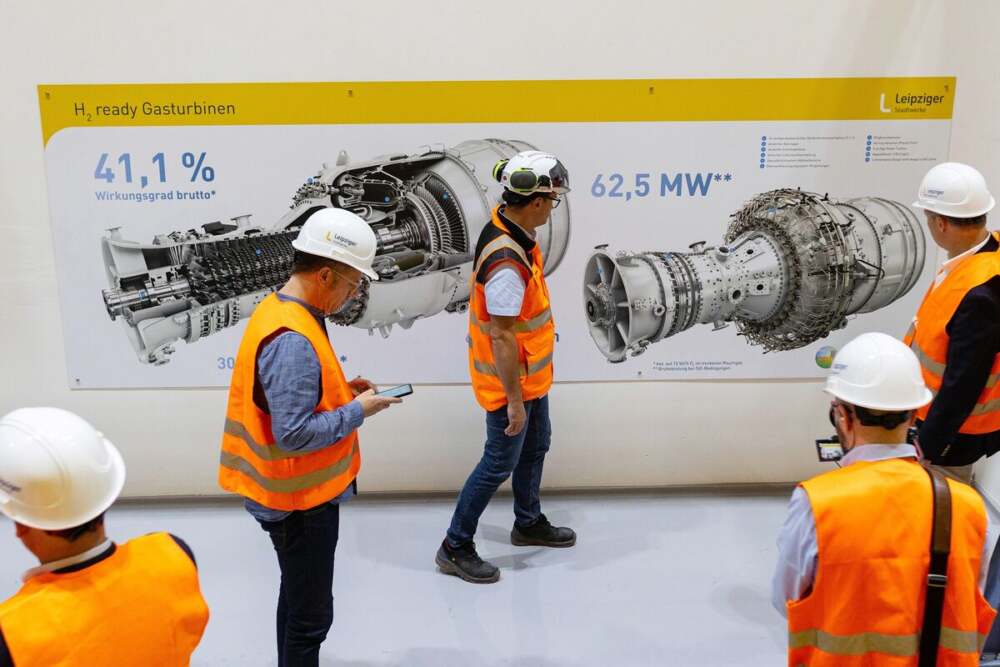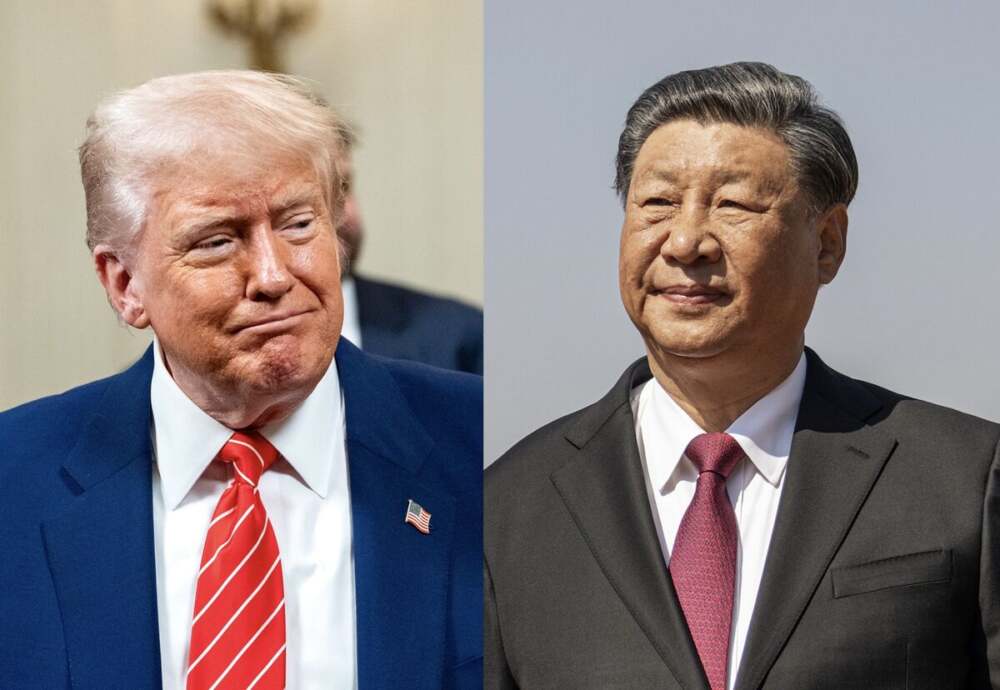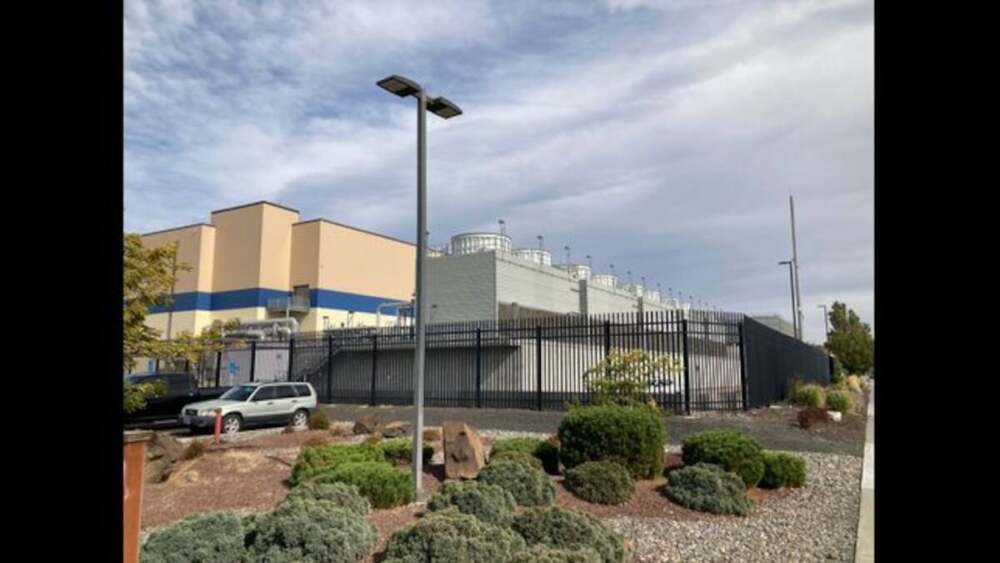Germany’s ambition to lead the world in green hydrogen production—a technology seen as vital to achieving carbon neutrality—has encountered mounting challenges that threaten to derail its lofty goals. While Berlin has positioned hydrogen as a cornerstone of its energy transition strategy, experts warn that the gap between ambition and implementation is widening rapidly.
Once hailed as the engine that would drive Europe’s clean energy revolution, Germany’s hydrogen program is now confronting financial constraints, infrastructure shortages, and stiff international competition.
The Promise of Green Hydrogen
Green hydrogen, produced by splitting water molecules using electricity from renewable energy sources such as wind and solar, has long been viewed as the ultimate solution for decarbonizing sectors that are hard to electrify—such as steelmaking, shipping, aviation, and heavy industry.
Germany has pledged billions of euros to develop this emerging industry, aiming to produce at least 10 gigawatts of domestic electrolyser capacity by 2030. The plan is to not only meet local demand but to become a leading exporter to Europe’s industrial heartland.
However, as global projects accelerate in regions with cheaper energy and more favorable climates, Germany’s path toward dominance has become increasingly uncertain.
A Harsh Reality: Energy Shortfalls and Cost Barriers
The core problem lies in the lack of sufficient renewable energy. Despite major investments in wind and solar power, Germany continues to rely heavily on fossil fuels and imported electricity to stabilize its grid. Green hydrogen production demands vast amounts of cheap, constant power—something the nation’s intermittent renewables can’t yet guarantee.
Experts warn that without a major expansion in renewable capacity, Germany will have to import significant volumes of hydrogen rather than produce it domestically.
Moreover, the cost of producing green hydrogen remains prohibitively high. Current production costs hover around five to six times that of hydrogen made from natural gas, also known as “grey hydrogen.” Although costs are expected to decline as technology scales, investors are growing cautious about the economic viability of the sector in the near term.
“Germany’s vision was to be a hydrogen superpower,” one energy analyst said, “but it’s facing the hard math of economics. Without abundant cheap renewable energy, green hydrogen cannot compete globally.”
Infrastructure: The Missing Link
Even if Germany ramps up hydrogen production, infrastructure remains a critical bottleneck. Transporting hydrogen requires specialized pipelines, compression systems, and storage facilities capable of handling a volatile and energy-dense gas.
Currently, Germany’s hydrogen pipeline network spans less than 500 kilometers—minuscule compared to what will be needed to connect industrial clusters, ports, and power plants.
The government has announced plans for a “hydrogen core network” of over 9,000 kilometers by 2032, but progress has been slow. Complex permitting procedures, supply chain shortages, and high construction costs are delaying the rollout.
Furthermore, the process of retrofitting existing natural gas pipelines to carry hydrogen is proving more complicated than anticipated. Hydrogen molecules can embrittle steel over time, increasing maintenance costs and safety risks.
Global Competition Heating Up
Germany’s challenges come as other nations surge ahead in the hydrogen race. Countries with abundant land, sunshine, and cheap renewable power—such as Australia, Saudi Arabia, Chile, and Namibia—are aggressively positioning themselves as hydrogen exporters.
In the Middle East, massive projects like NEOM’s hydrogen city in Saudi Arabia are being built to produce millions of tons of green ammonia for export. Meanwhile, the United States has accelerated its own hydrogen industry under the Inflation Reduction Act, offering generous tax incentives that Europe has struggled to match.
These developments raise an uncomfortable question for Berlin: can Germany remain competitive when others can produce hydrogen at a fraction of the cost?
An energy policy researcher in Brussels summarized it bluntly: “Germany has engineering expertise, but not the sunlight. Others will lead in production, and Germany may end up as a customer rather than a supplier.”
Political Pressure and Public Debate
As setbacks mount, the political stakes are rising. Germany’s coalition government, which includes the pro-climate Green Party, has faced internal disagreements over how to balance environmental ambition with industrial pragmatism.
The energy crisis triggered by Russia’s invasion of Ukraine forced Germany to restart coal plants and extend the use of natural gas—decisions that directly conflict with its clean hydrogen goals.
Critics argue that the government has over-promised and under-delivered. “Hydrogen has become the buzzword of the decade,” said one industry lobbyist, “but the gap between policy speeches and practical results is widening. Industry needs clarity, not slogans.”
Europe’s Hydrogen Ecosystem at a Crossroads
Germany’s struggle has implications beyond its borders. The European Union has made hydrogen a central pillar of its Green Deal Industrial Plan, with a goal of producing 10 million tons of renewable hydrogen domestically and importing another 10 million tons by 2030.
However, Germany’s difficulties suggest that Europe’s timeline may be overly optimistic. Without Germany’s leadership, the EU’s hydrogen strategy risks fragmentation, as each member state pursues its own path to decarbonization.
Southern European nations such as Spain and Portugal, which enjoy stronger solar resources, are emerging as potential hydrogen hubs—potentially shifting the center of gravity in Europe’s energy transition southward.
Industry Caught Between Hope and Hesitation
Germany’s industrial giants remain cautiously optimistic but increasingly pragmatic. Companies like Thyssenkrupp, Siemens Energy, and BASF are investing in hydrogen technology but are also hedging their bets by pursuing projects overseas, where conditions are more favorable.
“Hydrogen is the future,” a Siemens Energy executive said, “but the first major wave of investment will likely occur outside Germany. We need to build where energy is cheapest.”
The Road Ahead: From Vision to Reality
For Germany to turn its hydrogen dream into reality, experts say three things must happen:
- Massive expansion of renewable capacity — Wind and solar must increase dramatically to supply clean electricity for hydrogen electrolysis.
- Streamlined approval processes — The bureaucratic hurdles slowing energy infrastructure projects must be reduced.
- Stronger international partnerships — Germany may need to embrace a hybrid model: producing some hydrogen domestically while importing from countries with lower production costs.
Despite the challenges, few doubt Germany’s commitment. The nation’s industrial heritage, technical expertise, and policy leadership still position it as a key player in shaping the global hydrogen economy.
But time is running short. With competitors accelerating and domestic obstacles mounting, Germany faces a stark choice: transform its hydrogen vision into an executable plan—or risk being left behind in the race for the next energy frontier.












Leave a Reply